
Reducing CO2 emissions, transporting sustainably
CO₂ Calculation & Analysis
Lesezeit: 4 minutes | Monday, 12. Aug 2019
Over the past 24 years, both passenger cars and trucks have emitted fewer greenhouse gases on average than in 1995. Over this period, CO2 emissions per kilometer in passenger car traffic have decreased by around 15%, while for trucks, they have decreased by 30%. However, due to a 70% increase in truck traffic over the last 22 years, reaching 475.7 million tonne-kilometers, the absolute CO2 emissions in road freight transport are now 20% higher than in 1995.
CO2 Limits for Trucks and Buses
The high CO2 emissions in road freight transport are a significant reason why EU lawmakers have advocated for lower CO2 emissions from trucks to combat climate change. With a large majority, the members of the European Parliament voted for a reduction in CO2 emissions from new trucks. By 2025, emissions are expected to decrease by an average of 15% compared to today, and by 30% by 2030. This marks the first time that CO2 limits will apply not only to new cars but also to trucks and heavy commercial vehicles.
Economic Advantage for Entrepreneurs
According to Transport & Environment (T&E), the plan to drastically reduce CO2 emissions could result in additional fuel savings of €14,000 per new truck over the first five years. By accurately monitoring actual CO2 values, excessive energy consumption can be identified and addressed immediately. This can lead to more conscious and fuel-efficient driving practices, resulting in further savings for entrepreneurs.
CO2 Calculation & Analysis by TachoEASY
Many companies are working diligently on climate-efficient propulsion solutions to combat climate change and meet the emission targets defined by the EU. To not only rely on future propulsion methods, it is important for entrepreneurs with combustion fleets to measure their CO2 emissions and work on reducing them. TachoEASY's THG Calculation & Analysis enables a seamless calculation of greenhouse gas emissions for all journeys. The calculation of CO2 emissions is based on actual fuel consumption - in real-time. This helps to plan tours more efficiently, save fuel costs, and alleviate the climate burden.
Towards Emission-Free Propulsion Technology
The EU's stringent CO2 limits send a clear message, as vehicle emissions cause enormous environmental and health damage. Currently, it is uncertain whether the optimization of combustion engines and the development of electric motors will achieve a turnaround in time. Therefore, more and more companies are investing in additional effective propulsion methods that could protect the climate. The focus is on the hydrogen combustion engine, which does not require rare earths and raw materials for production. The hydrogen engine also shows by far the highest climate protection efficiency compared to other alternative propulsion technologies.
"End customers and vehicle manufacturers benefit equally from the hydrogen engine. Buses and trucks can be produced cost-effectively and offered at attractive prices, especially as OEMs can build on existing infrastructure. In addition, the end customer benefits from attractive driving ranges, short refueling times, and the reliability and durability that he is accustomed to from his diesel counterpart. Clean and economically attractive," says Thomas Korn, CEO of Keyou GmbH.
High customer benefits combined with low manufacturing costs and a good ecological balance in the lifecycle make vehicles with hydrogen combustion engines attractive not only for vehicle customers but also help manufacturers to meet the stringent CO2 fleet limits and avoid penalties.
More news that might interest you
-
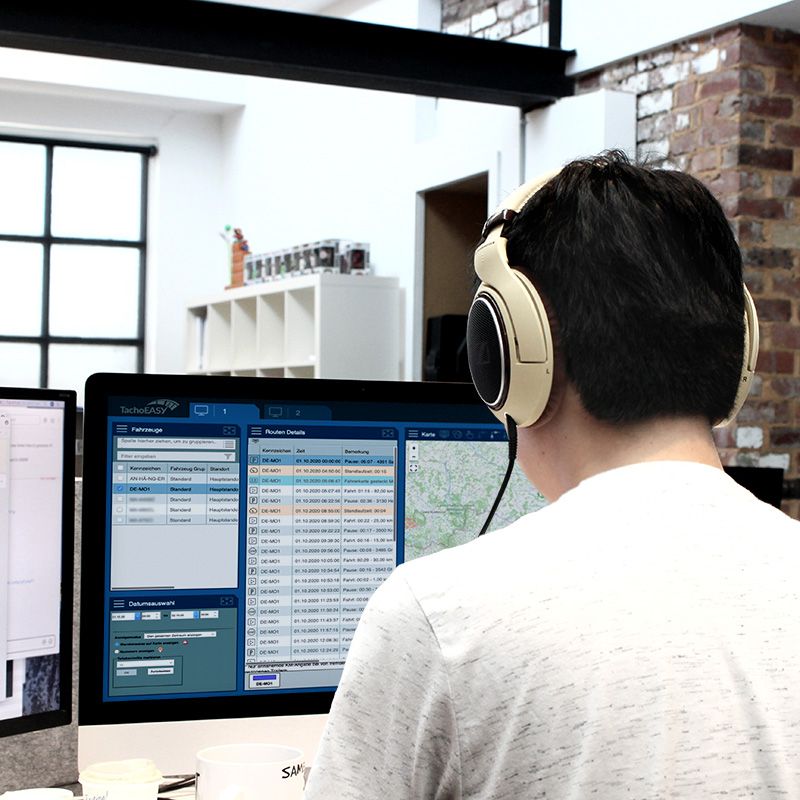
One click to the perfect route in BlueLOGICO®
The telematics and dispatching software BlueLOGICO® contains numerous features that greatly simpl... -

Digital document management in transport and logistics with BlueLOGICO®
Imagine if workflows in dispatching and order management were faster and of higher quality. What ... -
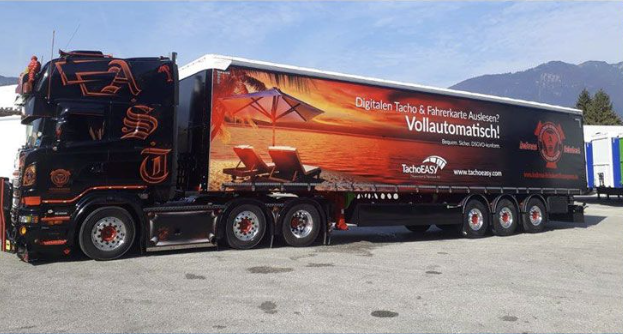
Deceptively Real: Schubert Trucks Faithfully Replicated
The truck enthusiast Peter S. needed a lot of patience and a steady hand to recreate the model ve... -
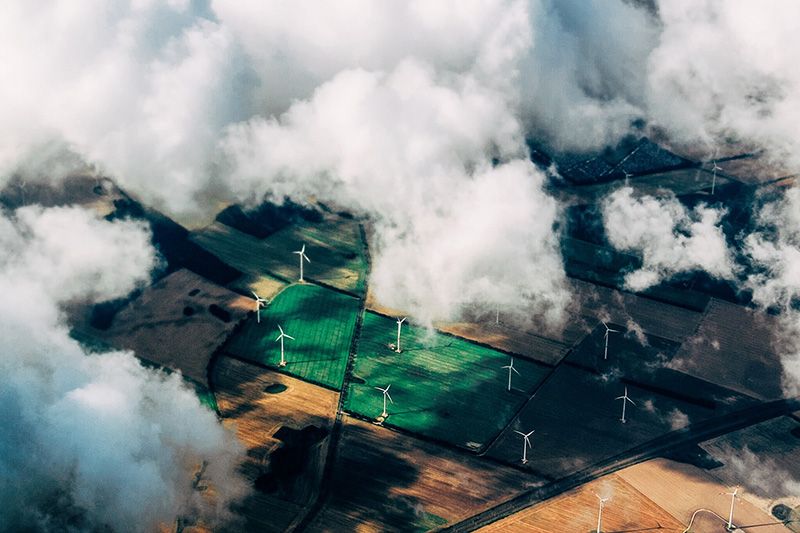
Climate Package: What You Need to Know
The German government aims to efficiently reduce greenhouse gas emissions and therefore extends t... -
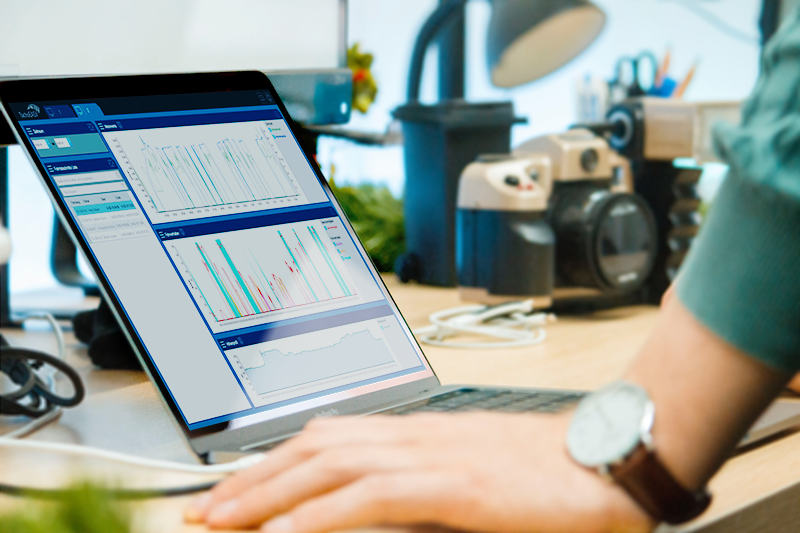
Benefits of telematics for entrepreneurs and dispatchers
The upcoming online events will address the benefits of telematics for your company and how chall... -
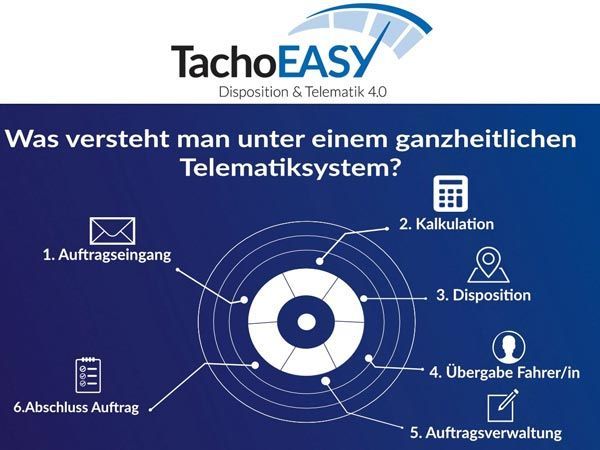
The holistic telematics system #2
In the last post, we discussed that the process of many transportation companies can be roughly d... -
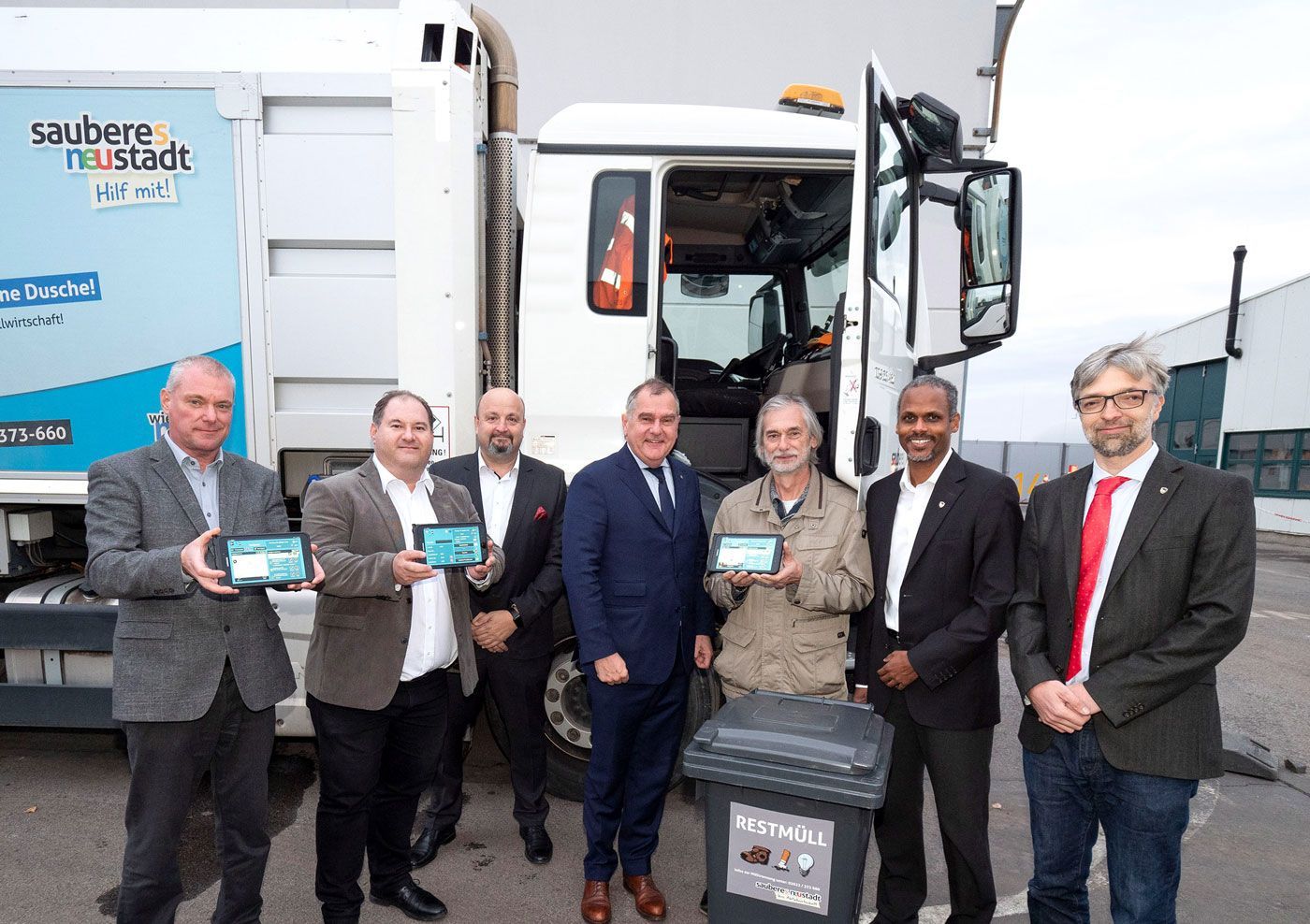
Wiener Neustadt: New Electronic Fleet Management for the Fleet
Together with the company TachoEASY and the University of Applied Sciences Wiener Neustadt, the w... -
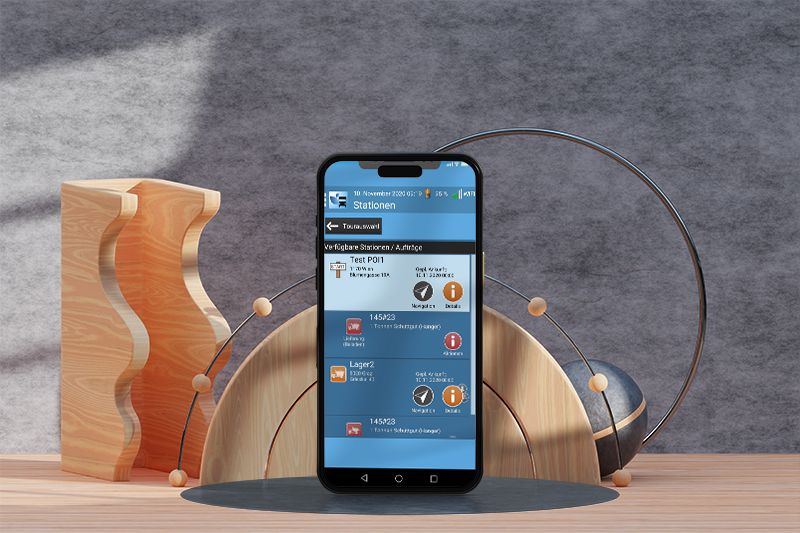
TEOS® App: Orders, routes, messages, toll costs, navigation, and much more
The powerful and comprehensive TEOS® App enables perfect collaboration and communication between ... -
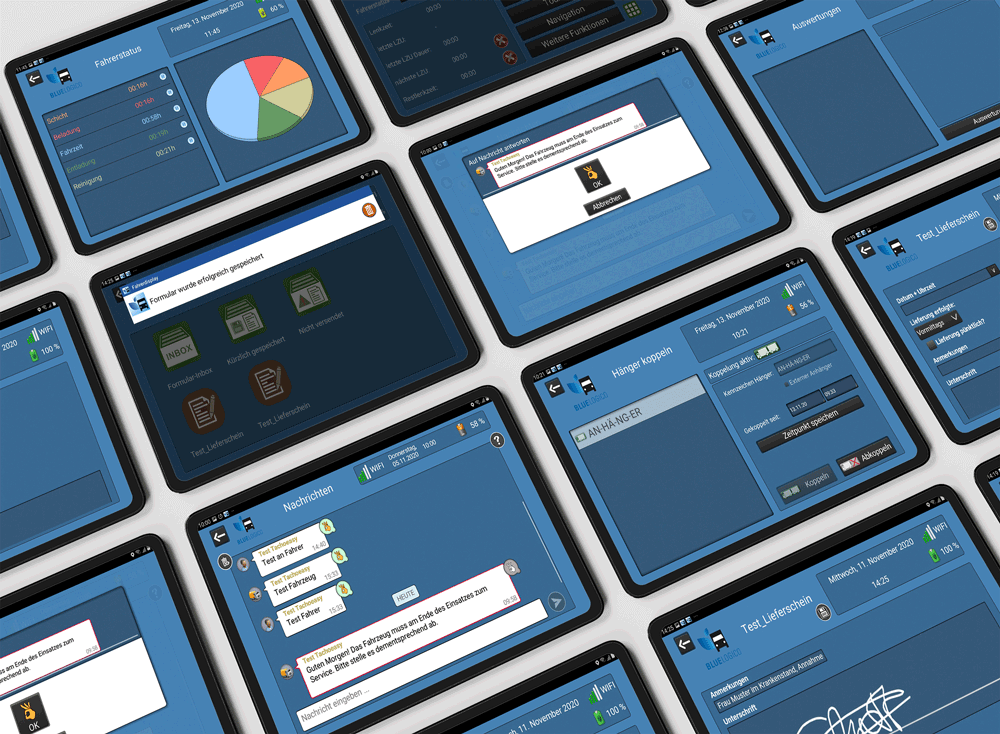
A strong feature for a strong fleet
In the modern logistics industry, efficiency is crucial, and the DriverDisplay plays a central ro... -

Product Highlight - the new TachoEASY Driving Log
Quickly explained: Our in-house telematics specialist, Mag. (FH) Christian Culik, has been advoc...
